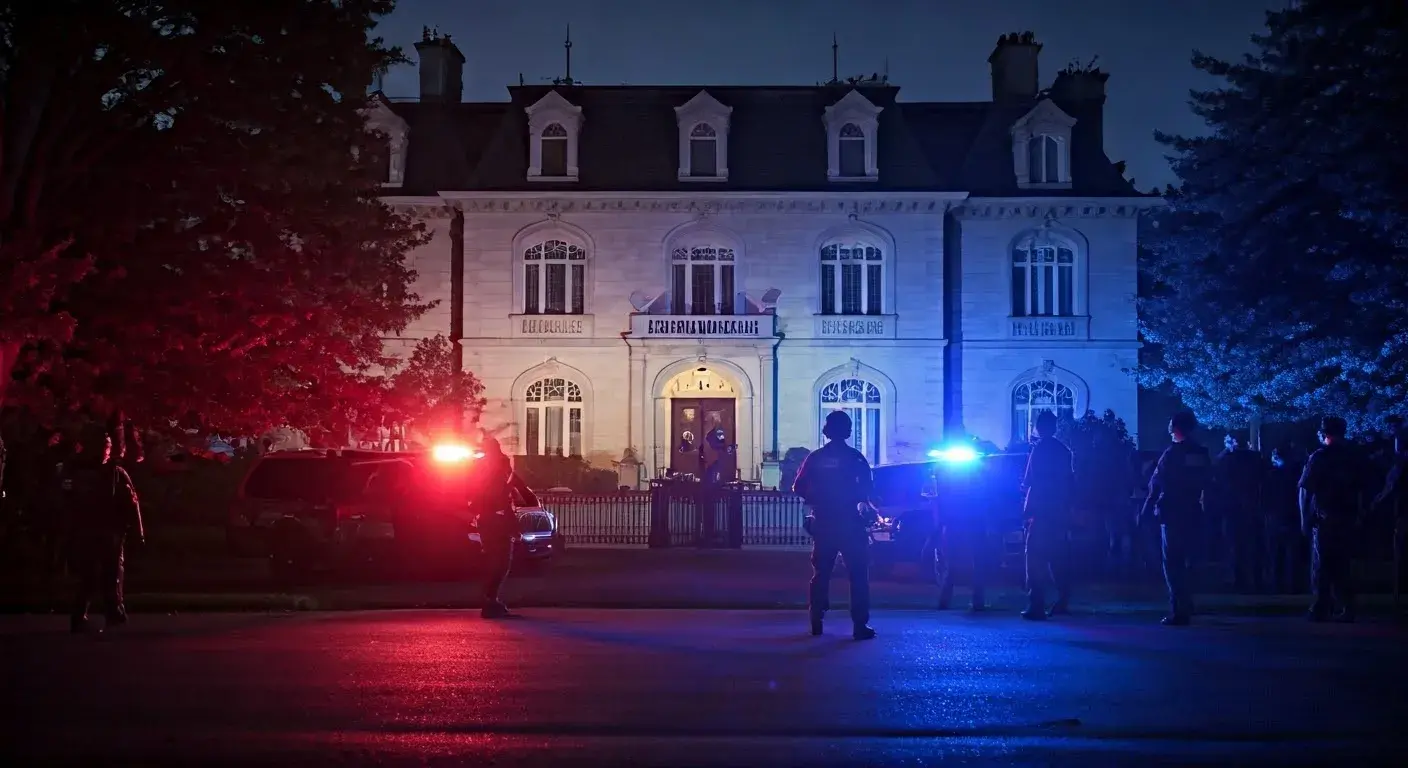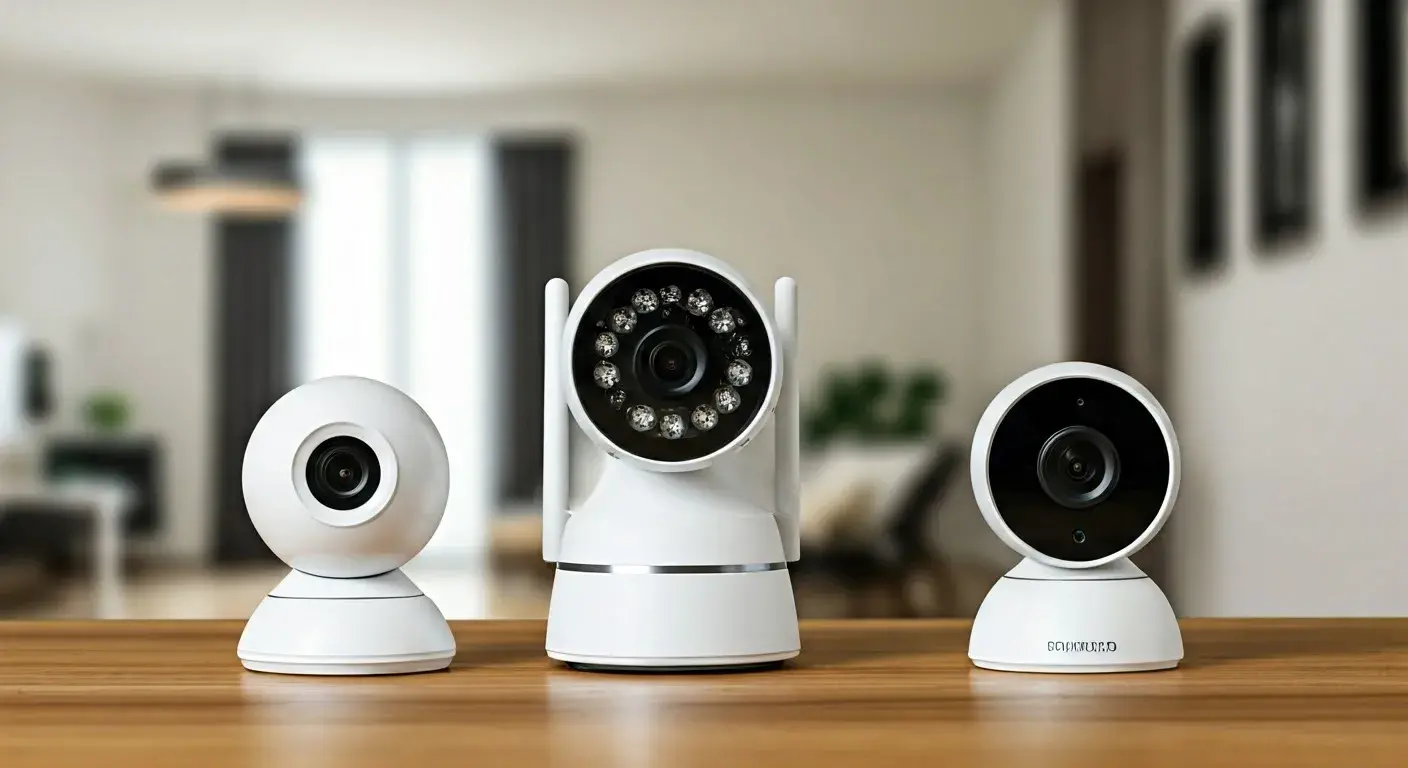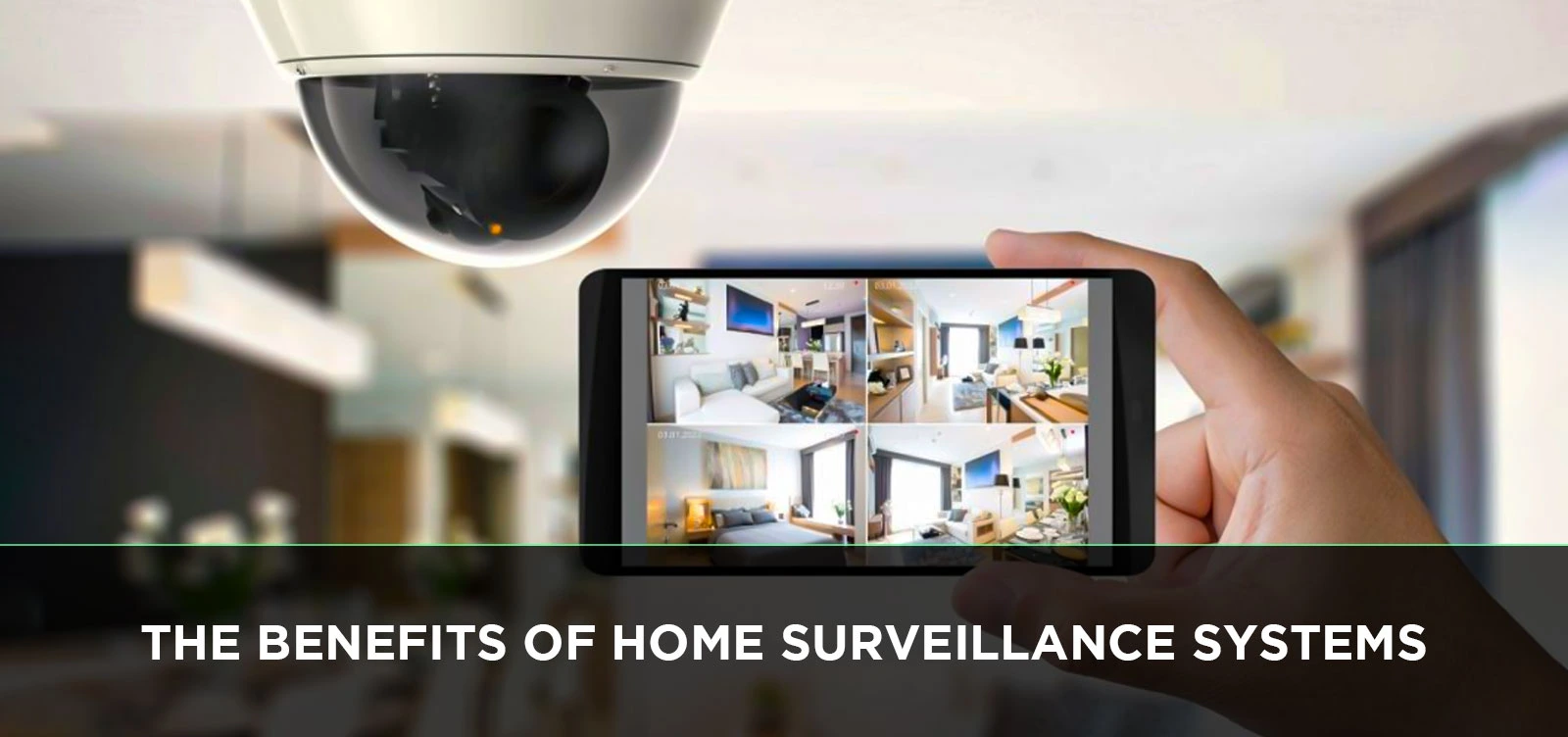Setting up a Home Security System has never been easier or cheaper. Due to the high number of cameras and recording devices that are available to consumers, one can design a system that meets the needs of the specific homes and financial capability. The reader will be introduced to the main elements of a DIY surveillance system as well as some guidelines on how to select the optimal equipment and how to install it.
The first consideration one is required to make when developing the DIY surveillance system is whether to use wired or wireless connections. Wired systems involve connecting video cables from the cameras to the recording device, which is slightly more technical but offers increased speed and possibly superior image quality. Wireless cameras operate through wifi signals or radio frequency and are easier to install but have slower transfer rates.
Most do-it-yourself home security systems use internet protocol IP cameras, wire-connected to the home network to provide remote monitoring and management. Resolution picture quality, FOV (the area the cameras can cover), night vision capabilities, weather resistance should the cameras be positioned outdoors, and local storage in case of a network failure are some of the most crucial selection factors used in camera choice. Higher definition resolutions than standard definition—720p and 1080p guarantee greater quality of videos than standard definition cameras. Low-light circumstances would be better suited for cameras with high dynamic range and night vision that capture more pixels.
For recording footage from IP cameras, you have two main options: servers or other network video recorders NVRs, or cloud-based recorder services. NVRs are standalone hardware devices that are attached to your home network to receive and store the video feeds from the cameras. They provide complete control over the storage and access of videos. Nevertheless, they are more technical and complex to set up than with your cameras as compared to the above apps. Cloud services include offsite storage and reviewing facilities but at a certain cost since storage is outsourced, and recording equipment is not required.
When installing surveillance cameras, it is crucial to note the field of vision from each point and use the best angles to monitor the entry and exit points of your premises. Shooting behind an object so you are looking through a fence or a railing of a deck provides some sort of concealment. As for outdoor CCTV Best security Cameras, mounting them under the roof protects against various weather conditions. Optimal positioning of security cameras eliminates blind zones and ensures that the areas with high traffic are under surveillance.
Lighting is also important, especially for night viewings. Placing cameras to utilize artificial light from street lamps or floodlights offers visibility past sundown. For places where there is a lack of proper lighting, it is recommended to install motion sensor security lighting. The camera's own IR LED night vision can also add to ambient lighting as well The camera's own IR LED night vision can also supplement ambient lighting.
Cabling the cameras is one of the most daunting steps when it comes to DIY home surveillance camera installation. If going wired, you will have to install the right CAT 5 or coax video cables from each of the camera locations to the NVR. Wireless cameras just need to be mounted and connected to the power source, though interference may be present due to barriers. Each camera type will require its power source; this can be through outdoor rated extension cords or by installing them directly into a junction box with the assistance of an electrician.
After all the gears are on, the last process is to set the recording device and each camera to run on your home network. NVR kit packages include software for motion detection, remote device access, setting up schedules for recording, and user privileges. Web and mobile applications can also be delivered through cloud services for those functions. Once everything is set and running, spend some time assessing the camera's picture quality and positions. To enhance coverage of high-risk areas, users may move the placement of the device or change lens settings if necessary.
DIY surveillance systems professionally installed ensure security for the homeowners and potential discouragement of vandals. It can be seen that following basic guides and installing cameras methodically avert technical issues in the future. While not fail-safe against incidents, physical security with your careful video monitoring helps. Used appropriately and cautiously, home surveillance systems play the role of protecting what is dear.
Protect your home today with ADT’s top-rated security solutions!
Call now at +1 877-470-7879 to get a free consultation and find out how you can secure your home with the best in the business. Don’t wait—ensure your peace of mind with ADT!




